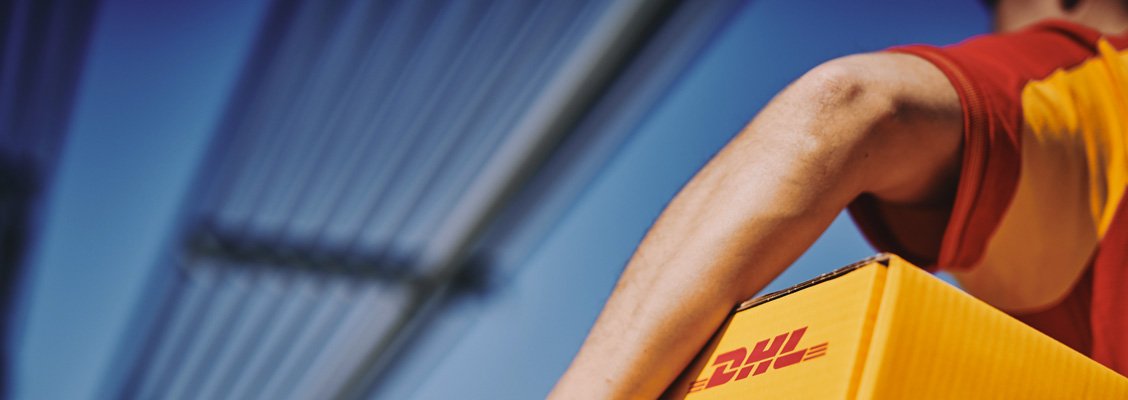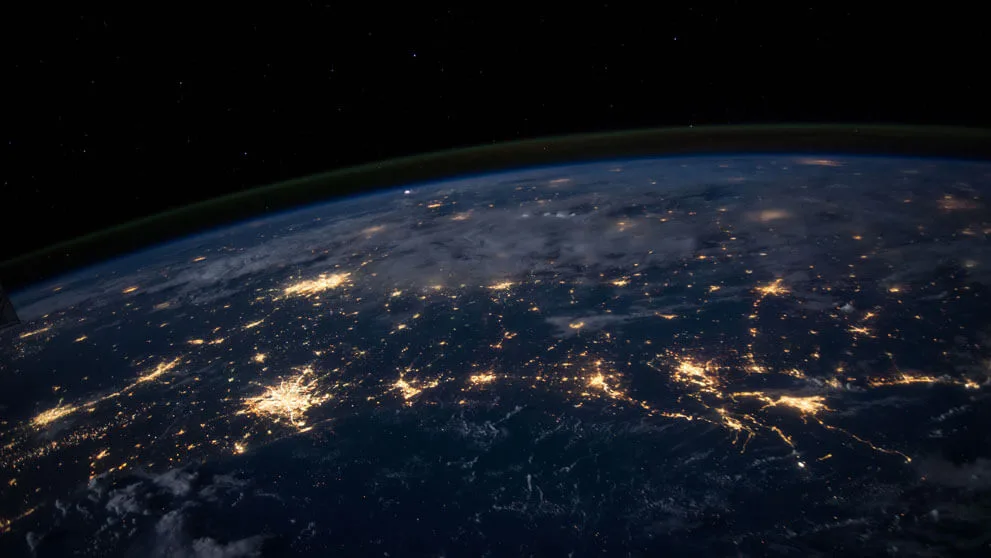
1. Net Zero Carbon | Formula One World Championship Limited
2. Formula 1â•Žs Drive to Environmental Sustainability
3. The future of biofuels - Delivered - Global
5. Sep 19, 2023: DHL reduces Formula 1® cargo carbon emissions by an average of 83% - DHL Group
6. F1 on track to be Net Zero by 2030 with 26% reduction in carbon footprint - Formula 1
7. Sep 20, 2024: DHL and Formula 1® take flight with Sustainable Aviation Fuel - DHL Group
8. IATA - Sustainable Aviation Fuel (SAF)
9. Track lighting at Singapore Grand Prix | Signify
10. Sustainability







